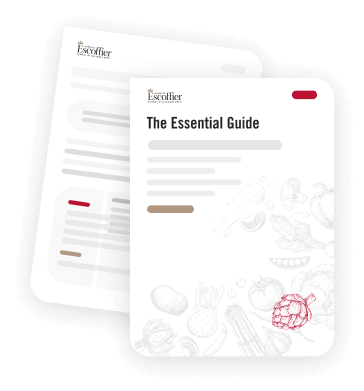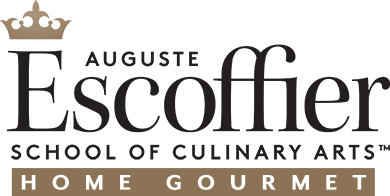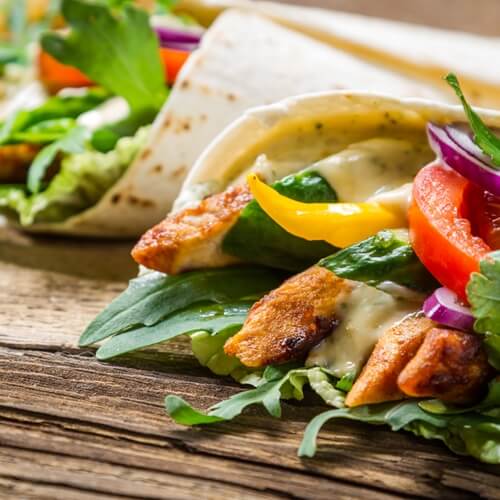What You Should Learn For National Nutrition Month

Those that attend cooking school online will learn that making healthy food is just as important as making sure the dish tastes good. March is National Nutrition Month (NNM), and this year it has a special theme, “Enjoy the Taste of Eating Right.” The Academy of Nutrition and Dietetics organizes this awareness campaign to alert the public about eating well. Here is what you need to know about this month-long food holiday:
According to the food group, consumer research shows that people choose taste over nutrition time and time again. In result, NNM is working to combine taste and nutrition so people can lead a healthier lifestyle.
Combining taste and nutrition
While you build your culinary knowledge, it’s important to learn the nutrition value of each food item, in addition to knowing how to prepare it. In order to help you start off on a healthy eating path, the United States Department of Agriculture has compiled some nutrition tips. Here are a few:
Balancing calories – The amount of calories you need every day is based on your energy expenditure. If you are more active you can eat more calories, while those that live more sedentary lifestyles should consume less. You can find your ideal calorie level at ChoosemyPlate.gov.
Monitor sodium levels – High sodium intake can lead to hypertension (high blood pressure) – so monitor your levels. Check the nutrition labels on processed foods, such as soup, frozen meals and bread. Also, opt for low-sodium items.
Choose whole grains – Whole grains tend to be less refined than non-whole foods, largely because manufacturing and refining processes remove important nutrients. So instead of eating white bread, rice and pasta, select the whole food versions.
Drink more water – Water helps fuel your body in multiple ways. Soda, sports and energy drinks have calories and unnecessary sugar. So increase your water intake to support a healthier lifestyle.
Limit portion size – These days restaurants serve oversized portions, which can take up most of your calorie limit. When dining out, put half of your food in a to-go container and eat it the next day. When you’re at home you should serve appropriate portions. First place food on smaller plates and fill up half of the dish with fruits and vegetables. Then your protein can take up 1/4 of the dish.


